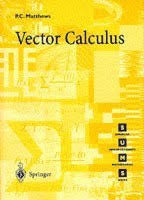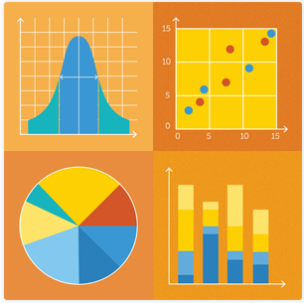- Teacher: JAIMOLE CROSS
- Teacher: MURTHY P S
Course Objectives:
This course aims to introduce students to Use operations research techniques for effective decisions–making, Model formulation and applications that are used in solving business decision problems.
Course Outcomes:
On completion of this course, a student should be able to
CO 1- Identify and express a decision-making problem in mathematical form.
CO 2 - Solve an LPP graphically and by Simplex method,
CO 3 - Learn duality and to obtain primal solutions from a dual LPP
CO 4 - Recognize and formulate transportation, assignment problems and drive their optimal solution.
CO 5 – Learn to solve job sequencing problems.
CO 6 - Implement practical cases, by using TORA
- Teacher: JAIMOLE CROSS
OBJECTIVE OF THE COURSE:
- Encourage students to develop web pages
- A clear understanding of elements required to develop web pages
- This course will allow the users to apply carious cascading styles
- To make them understand different page layout issues, design issues etc…
- To provide good basics of JavaScript
COURSE OUTCOMES: By the end of the course, the student will be able to:
CO 1: demonstrate the importance of study of web technologies
CO 2: Able to develop a webpage
CO 3: Create web pages using Cascading Style Sheets.
CO 4: Build dynamic web pages using JavaScript
CO 5: Understand various events and java database connectivity
CO 6: Able to find out what web audience & develop web pages accordingly
CO 7: able to understand servlets
CO 8: apply course knowledge in higher studies, real time situations

- Teacher: VIDYA SAGAR JODU
| OBJECTIVE OF THE COURSE: | |||||
| The objective of the course is to provide students with an overview of the concepts and fundamentals of data communication and computer networks. To familiarize with the basic taxonomy and terminology in computer networks. | |||||
| COURSE OUTCOMES: | |||||
| By the end of the course, the student will
be able to: CO 1: To master the terminologies and concepts in networks CO 2: Potential to understand the contemporary issues in networking technologies. CO 3: To acquire knowledge on network tools and master network programming. CO 4: Study the basic principles used in different modulation and switching techniques. CO 5: Gain the core idea of ISO OSI layered architecture. CO 6: Understand the need of flow and error control in data communication. |

- Teacher: APARNA VIJAYAN
|
Course Objectives |
|
|
1 |
Apply integration to evaluate work done, area and volume of a vector field. |
|
2 |
Analyze gradient, divergence and curl to evaluate the differentiation over a vector field. |
|
Course Outcomes |
|
|
|
After the completion of the course the student will be able to |
|
CO1 |
Apply single integration to find the work done of the vector field. |
|
CO2 |
Evaluate surface area using double integration |
|
CO3 |
Determine the volume of the given vector field using triple integral. |
|
CO4 |
Find partial derivatives and Taylor’s series to multivariable functions. |
|
CO5 |
Apply gradient operator to convert a scalar field into a vector filed |
|
CO6 |
Analyze vector fields and compute divergence and curl |

- Teacher: RAM PRASAD D
Course Outcomes:
Student would be able to become familiar with - the analysis of variance technique;
CO1 Distinguish between one-way analysis of variance model and two way analysis of variance model.
CO2 Understand the experimental design; explain the planning and classification of experimental designs; describe the principles of design of experiments; explain the completely randomized design; describe the layout of CRD.
CO3 Understand the randomized block design; describe the layout of RBD; explain the statistical analysis of RBD.
CO4 Understand the Latin square design; describe the layout of LSD; explain the statistical analysis of LSD.
CO5 Explain the importance of ‘statistical data’ as an input for developmental planning; describe the National Statistical System in India that has evolved over time.
CO6 Specify the data collected on select aspects of the economy like population and vital statistics, agricultural and industrial statistics and prices.
CO7 State the functions of important statistical agencies in India; and provide an international perspective of statistical data.
CO8 Explain the sources of data in vital statistics; calculate various vital rates; explain the procedure of construction of life table; and appreciate the applications and limitations of life tables.

- Teacher: Dr. SRIDHAR BABU MOTHUKURI